Alexis GAUTREAU
Cytoskeleton in cell morphogenesis
Our team strives to understand the role of the actin cytoskeleton in the remodeling of cell membranes. The molecular machine called the Arp2/3 complex creates branched actin networks that generate a pushing force. This force is involved in intracellular trafficking and membrane protrusion during cell migration. We address the regulation of the Arp2/3 complex in normal cells and its deregulation in the context of cancer.
We have purified and studied the architecture of the WAVE complex that activates the Arp2/3 complex at the leading edge of the cell and drives membrane protrusions. We discovered Arpin, the Arp2/3 inhibitory protein that antagonizes WAVE and thus induces retraction of the membrane protrusion. This WAVE/Arpin balance controls the persistence of cell migration.
Protrusion instability in fish keratocytes injected with purified Arpin (Dang et al., Nature 2013).
We discovered the WASH complex that activates the Arp2/3 complex at endosomes. The WASH complex enables the generation of transport intermediates during endosomal sorting of receptors such as integrins. The WASH complex uncaps Dynactin before activating Arp2/3, thus generating the first actin filament on which the endosomal branched network develops.
Dynactin uncapping initiates branched actin by Arp2/3 (Fokin et al., Sci Adv 2021).
We seek to understand cell transformation in cancer and the role of these molecular machines in cancer progression. The deregulation of branched actin permits the anarchic proliferation of tumor cells and the acquisition of migration/invasion capacities driving metastasis formation. For this purpose, we take a reconstitution approach by introducing into the genome of normal cells the genetic alterations found in a patient tumor to gradually transform it. These studies, permitted by genome edition, open new diagnostic, prognostic and therapeutic perspectives in the context of the personalized medicine of cancer.
Updated in March 2021


